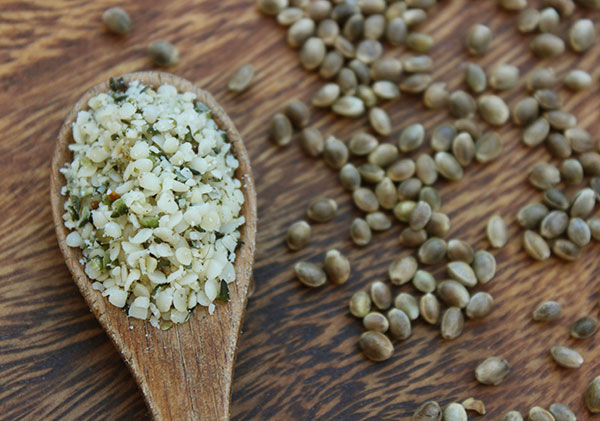Cultivating Prosperity: The Increase of Hemp Farming in Canada
In new several years, Canada has emerged as a global leader in hemp cultivation, marking a significant shift in agricultural procedures and economic chances. The legalization of hemp cultivation in 1998 laid the groundwork for a burgeoning market that has since professional exponential progress. From textiles to foods merchandise, hemp offers a multipurpose and sustainable substitute with a multitude of purposes. This post explores the factors driving the rise of hemp farming in Canada, its financial impact, and the worries and options shaping its foreseeable future.
Historic Context:
Hemp has a very long history in Canada, courting back again centuries to its use by Indigenous peoples for several reasons, including textiles, food items, and drugs. Even so, its cultivation confronted prohibitions and restrictions in the 20th century thanks to its affiliation with cannabis, despite that contains small concentrations of THC, the psychoactive compound observed in hashish. It was not until 1998 that Canada legalized industrial hemp output, distinguishing it from marijuana and paving the way for a new period of hemp farming.
get redirected here :
The regulatory framework set up by Wellbeing Canada governs the cultivation of industrial hemp in Canada. Less than the Industrial Hemp Polices, accredited producers have to adhere to demanding guidelines relating to THC articles, cultivation procedures, and stability actions. This regulatory framework makes certain compliance with wellbeing and protection criteria although supporting the development of a authentic and dependable market.
Economic Effect:
The legalization of hemp cultivation has sparked financial progress and task generation across Canada. With its diverse programs, hemp has turn out to be a beneficial crop for farmers trying to find sustainable solutions to classic commodities. The Canadian hemp business encompasses a wide range of sectors, like agriculture, production, and retail, contributing billions to the overall economy on a yearly basis. What’s more, hemp cultivation encourages environmental sustainability by demanding fewer pesticides and fertilizers than regular crops, so lowering agricultural runoff and soil degradation.
Diversification of Agriculture:
Hemp cultivation presents farmers a diversification strategy, enabling them to mitigate threats involved with traditional crops and adapt to shifting industry needs. As local climate change threatens agricultural efficiency, hemp’s resilience and flexibility make it an eye-catching alternative for farmers seeking resilient and environmentally sustainable alternate options. Also, hemp cultivation can rejuvenate soil wellbeing and biodiversity, boosting very long-term agricultural sustainability.
Innovation and Analysis:
Progress in hemp study and technological innovation have fueled the industry’s growth, primary to enhanced cultivation tactics, crop types, and item innovation. Canadian universities and analysis institutions are actively engaged in researching hemp’s agronomic prospective, genetic range, and worth-included programs. This exploration not only improves the competitiveness of Canadian hemp merchandise but also contributes to scientific knowledge and innovation in the world-wide hemp market.
Export Prospects:
Canada’s position as a major producer of higher-good quality hemp has opened doors to worldwide marketplaces. With escalating need for hemp-derived goods throughout the world, Canadian producers have seized export prospects, capitalizing on their name for excellent and dependability. From hemp textiles and building products to CBD-infused products, Canadian hemp exports are diversifying and expanding, building new avenues for economic development and worldwide trade.
Difficulties and Possibilities:
Even with its promising outlook, the Canadian hemp marketplace faces challenges that warrant awareness. Regulatory boundaries, industry volatility, and confined accessibility to banking and fiscal solutions are amid the important issues confronting hemp producers and companies. Addressing these problems demands collaboration among federal government, marketplace stakeholders, and financial establishments to produce a supportive ecosystem for hemp cultivation and innovation.
In addition, ongoing study is desired to unlock the entire potential of hemp and check out rising markets and programs. From bioplastics and biofuels to nutraceuticals and prescription drugs, the options for hemp are large and multifaceted. By investing in analysis and growth, Canada can posture by itself at the forefront of hemp innovation, driving economic development and sustainability for many years to come.
Conclusion:
The rise of hemp farming in Canada represents a transformative change in agricultural methods, financial advancement, and sustainability. With its functional applications, environmental benefits, and economic prospects, hemp has emerged as a promising crop for Canadian farmers and companies. By leveraging its strengths in study, innovation, and sector accessibility, Canada can proceed to direct the international hemp business, cultivating prosperity for generations to arrive
